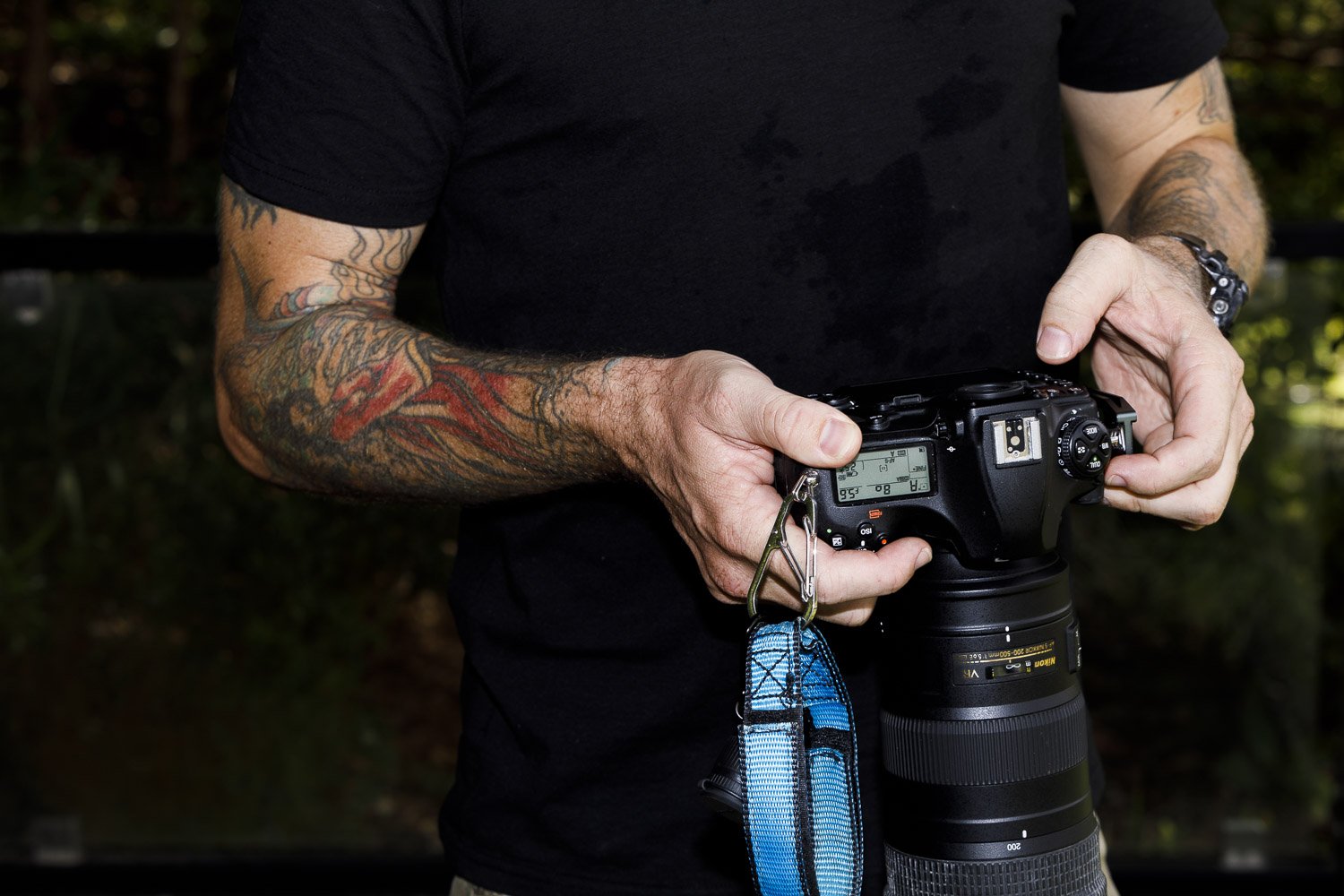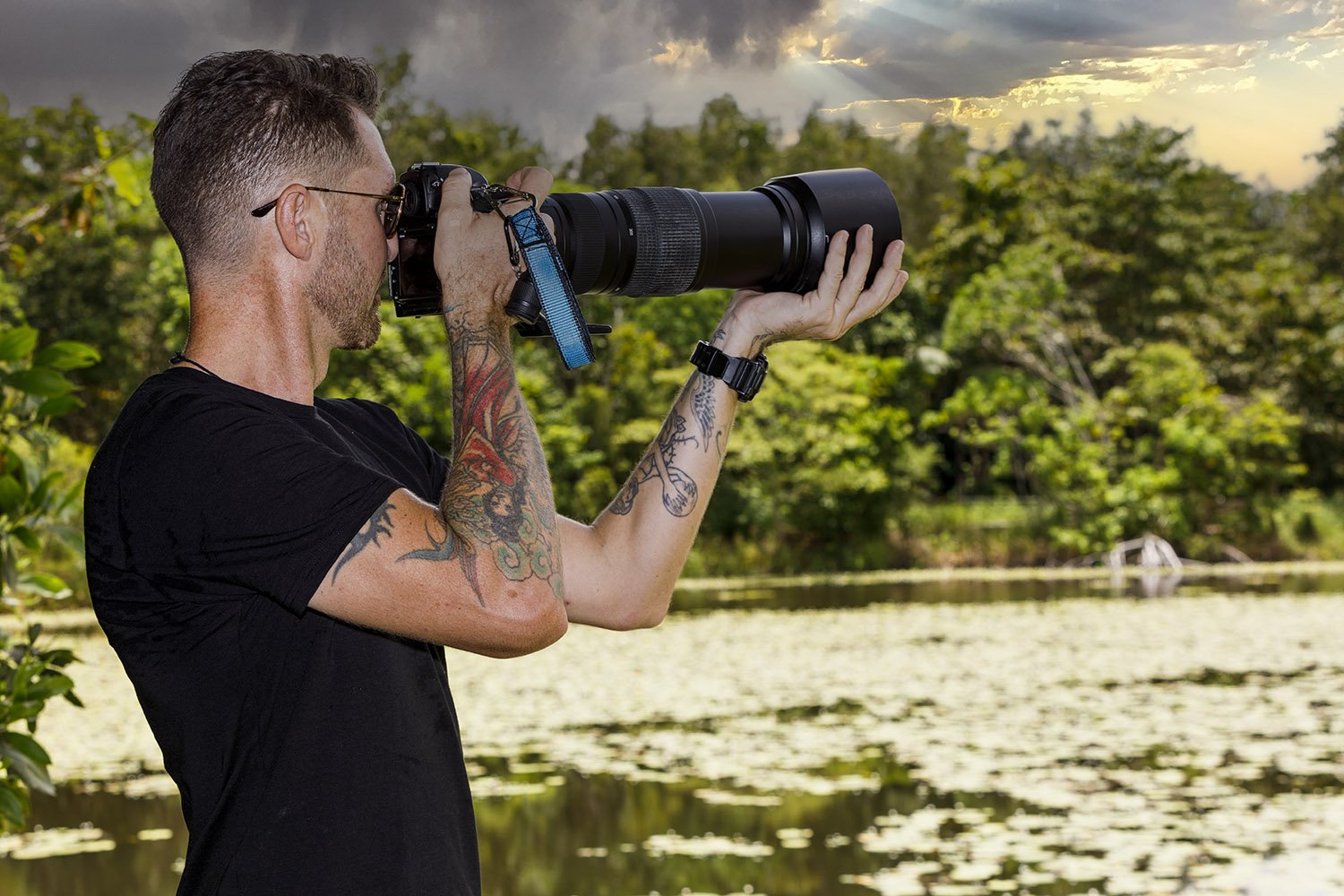Scott Perrin
Navy, Photographer
Scott was raised by his grandparents in the small coastal town of South West Rocks in New South Wales.
“It was one of those small towns that makes you feel a bit ignorant of the outside world. There were only the 3 B’s on offer for a job - a butcher, a baker or a builder. My grandparents wanted more for me than that. In my early teens I joined Naval Cadets and fell in love with it. I knew that was what I wanted to do.”
It was straight out of high school that Scott joined the navy. Joining as a Bosun’s Mate, his work involved direct contact with ships and boats mainly in the area of ship’s husbandry.
“There was also ceremonial work for events and the training of other personnel. I did that for fifteen and a half years,” he says.
Scott spent ten years at sea, which the small town man thoroughly enjoyed. He was trained and prepared for deployment to Afghanistan, and was disappointed when this didn’t happen. He was, however, deployed to Bougainville.
“I picked up a UN stint from the army. I did a lot of Southeast Asia deployments and mainly refugee work. From 2002, I worked on Operation Sovereign Borders. It was both eye opening and confronting.”
Scott’s opinion of refugees changed from the media’s perception when he was able to put a face to the people.
“Refugees are just people trying to escape a bad or dangerous life,” he says.
His memories are vivid of one particular event.
“I was injured in an incident. We had more than sixty refugees in the water that night and there were six metre swells. Two of our ship’s company and a refugee floated off and were picked up by another patrol boat the next morning,” he says quietly.
“The refugee boat started sinking. We managed to get all of the women and children off, however, and the men were in the water and hanging off our inflatable boat. As our large patrol boat came towards us, we managed to hook onto the back of it. However, I tripped and fell back into the inflatable boat. The refugees were panicking and I was pushed down into a confined space, in knee deep water. I ended up with crushed vertebra and connecting tissue damage to the ligaments. I now live with constant pain. Consequently, when I left the navy, I had severe depression.”
Scott found that his interest in photography became a way to help him cope. He had been interested in this art form since high school, where he took it as an elective for three years.
He carried his camera with him everywhere in the navy, starting with a ‘point and shoot’ basic model and ending up with a Digital SLR camera. Scott enjoyed taking day-in-day-out photos of the navy that people aren’t usually able to see. He wanted to show his grandparents what navy life was really like.
“My photography became a kind of escape. My heart went towards images that weren’t mundane. I’d take photos of helicopters landing and taking off and our ships leaving for deployment.
“I discovered that I don’t like to photograph people too much. Sometimes, they’re too critical. I prefer landscape and large scale photography.”
One of Scott’s delights in life had been when he was able to ride his bike around the mountains behind Cairns during a posting. Frustratingly, while he now lives in the area, his nerve pain has made that pursuit impossible.
“My photography, once again, has been my escape. It allows me to free my mind and gives me purpose. I believe it also gives me control over my situation. Even things like planning what I’ll photograph, working out what I’ll need and deciding where I’ll go for a photoshoot add to that purpose.
“I love to photograph waterfalls in the mountains. I can get out and explore, even though I’m a lot slower than I was. I also do drone photography. I live between the rainforest and the ocean, so I’m never lost for inspiration.”
He describes one of his photos which, while not in the landscape genre, tells a visual story.
“It’s a photo I took in Bali of huge Koi goldfish all pushing and crowding each other for food. That’s how it feels for me, sometimes, to be around people. I get that feeling of chaos and of being crushed.
“Even with my landscapes, I try to lead the viewer’s eye through the photo.”
@scottthephot





